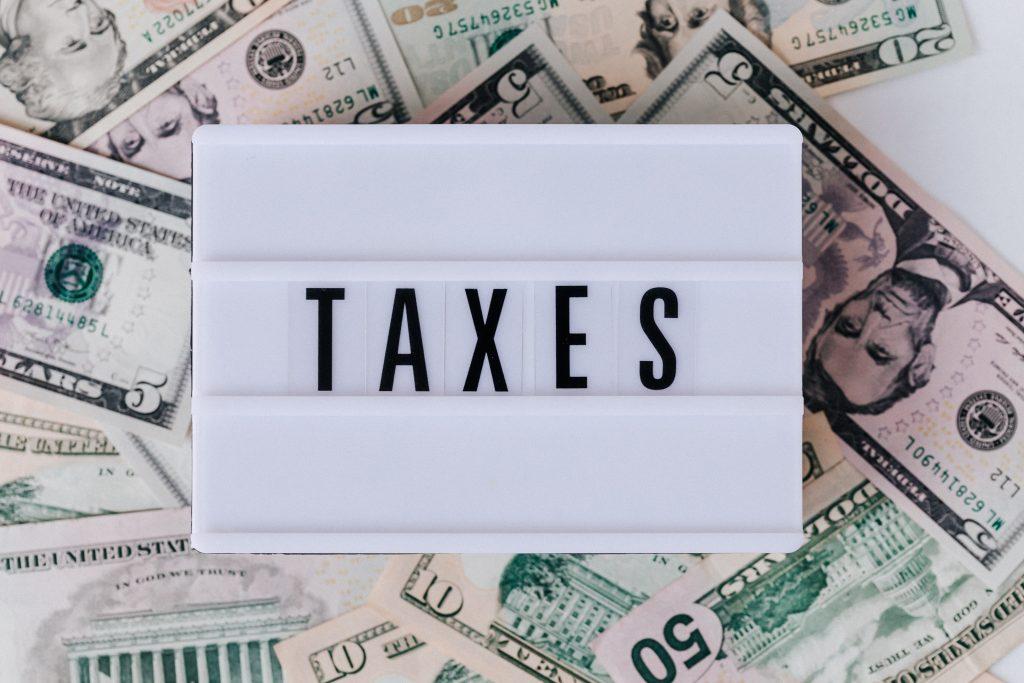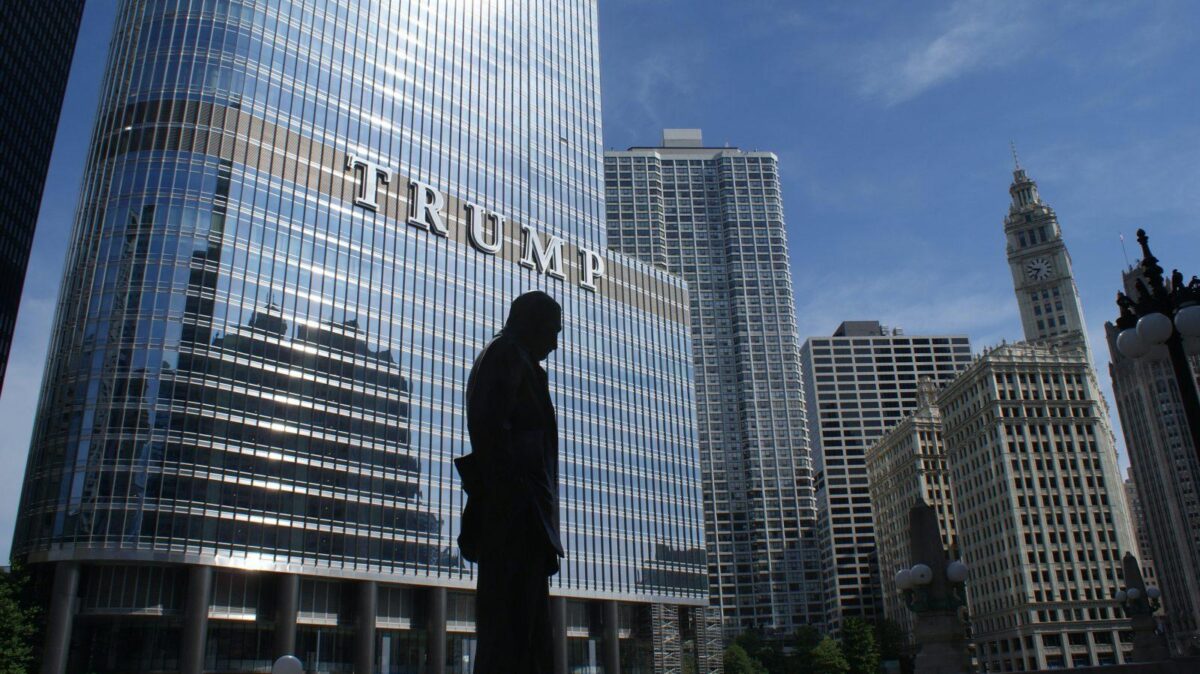Over the weekend, the New York Times dropped a bombshell story that purportedly unveiled President Donald Trump‘s much sought after tax returns. The fight to uncover his returns began in the 2016 election when Trump decided to depart from tradition and refuse to release his tax returns. Since then, there has been a contentious legal battle over the democratic party’s various attempts to subpoena the returns that went all the way to the supreme court before stalling out in the form of a split-decision.
This election may seem like a straightforward battle between two emboldened political parties, but there are some major complicating factors. This report from the New York Times is certainly another one and will be used by both sides as we approach election day. So, we are here to break down the New York Times’ report, its investigative methods and the context surrounding the news so you can make your voting decision based wholly on the facts.
How did the New York Times reach their conclusions?
Trump has still not released his tax returns, but the New York Times report claims to have made their report after gaining access to over “two decades” of tax return data up until 2018. In their report, The New York Times provides an in-depth overview of their findings, but does not present the material that made up the research itself. This was done in order to protect their sources as the documents that they received were leaked by individuals with legal access to the information and who were risking their livelihoods by sharing the information. The New York Times explained their methodology as such:
The Times examined and analyzed the data from thousands of individual and business tax returns for 2000 through 2017, along with additional tax information from other years. The trove included years of employee compensation information and records of cash payments between the president and his businesses, as well as information about ongoing federal audits of his taxes. This article also draws upon dozens of interviews and previously unreported material from other sources, both public and confidential.
All of the information The Times obtained was provided by sources with legal access to it. While most of the tax data has not previously been made public, The Times was able to verify portions of it by comparing it with publicly available information and confidential records previously obtained by The Times.
Russ Buettner, Susanne Craig and Mike McIntire – New York Times
Alan Gartner, a lawyer for the Trump Organization, responded to the article by saying that the facts were “inaccurate” and asserting that “Trump has paid tens of millions of dollars in personal taxes” over the past decade. At a press briefing on Sunday, after the story broke, Trump denied its validity, saying, “I pay a lot [in federal taxes], and I pay a lot in state income taxes.”
What Did the Report Say?

The report goes in to great detail in order to explain how President Trump paid no income taxes in 10 of the 15 years documented, and only paid $750 in the first two years of his term (the New York Times did not have access to returns from 2018 or 2019).
The report also explains how Trump managed to file a $72.9 million tax refund in 2010. That tax refund is currently the focal point of an IRS audit, which could result in Trump having to pay the IRS an excess of $100 million. One of the reason’s that Trump has refused to release his tax returns is because of the audit. Trump has maintained that it is “very complicated” and that he cannot release the returns while under an audit, even after the IRS commissioner made clear that that was not the case.
The report breaks down the ways that Trump has avoided paying taxes over the past two decades, showing the world some of the major flaws in the United States’ tax laws in the process. The highly simplified version of Trump’s accounting tactics is that he uses his many business to consistently file losses that, when all of his businesses’ books are combined, outweigh his personal income. This is how Trump allegedly managed to not pay any taxes on the $427 million he earned from The Apprentice.
The Apprentice was not a venture that Trump owned outright and would have had to have been taxed heavily. What the New York Times alleges is that Trump took that $427 million and used it to launch some personal businesses that he fully owns and operates himself. Those businesses then file substantial losses, bringing Trump’s balance sheet into the negatives. This does not mean—nor does it claim—that Trump is creating shell corporations on a yearly basis. What it does mean is that there is some accounting magic at play, something that Trump is very proud of.
How much does this report matter?
Unfortunately, this report may not have as much of an impact as it would have in previous elections. The New York Times exposed Trump’s 1995 tax returns in the previous election, but that had little to no effect on his campaign. Those returns showed that he filed nearly $1 billion dollars in losses in the early 90’s and they came to light when the focal point of his campaign was his prowess as a business man and his proposal to run the United States in the way that he runs one of his businesses.
If Americans were not alarmed by the New York Times report in 2016, then it is highly unlikely that this report will shake things up in a major way by itself. The American public is exhausted from the rapid-fire news cycle that has become the norm over the past four years. On top of that, public opinion is so divided—with lines drawn clearer in the sand than ever before—that this report simply feeds into the readers confirmation bias.
The findings in this article completely reinforce the left’s theories as to why Trump refused to reveal his tax returns in the first place. On the other side of the aisle, this article reinforces the right’s beliefs that the mainstream media has it out for Trump.
Ultimately, this will never be fully put to rest until after Trump formally releases his tax returns, if he ever does.

